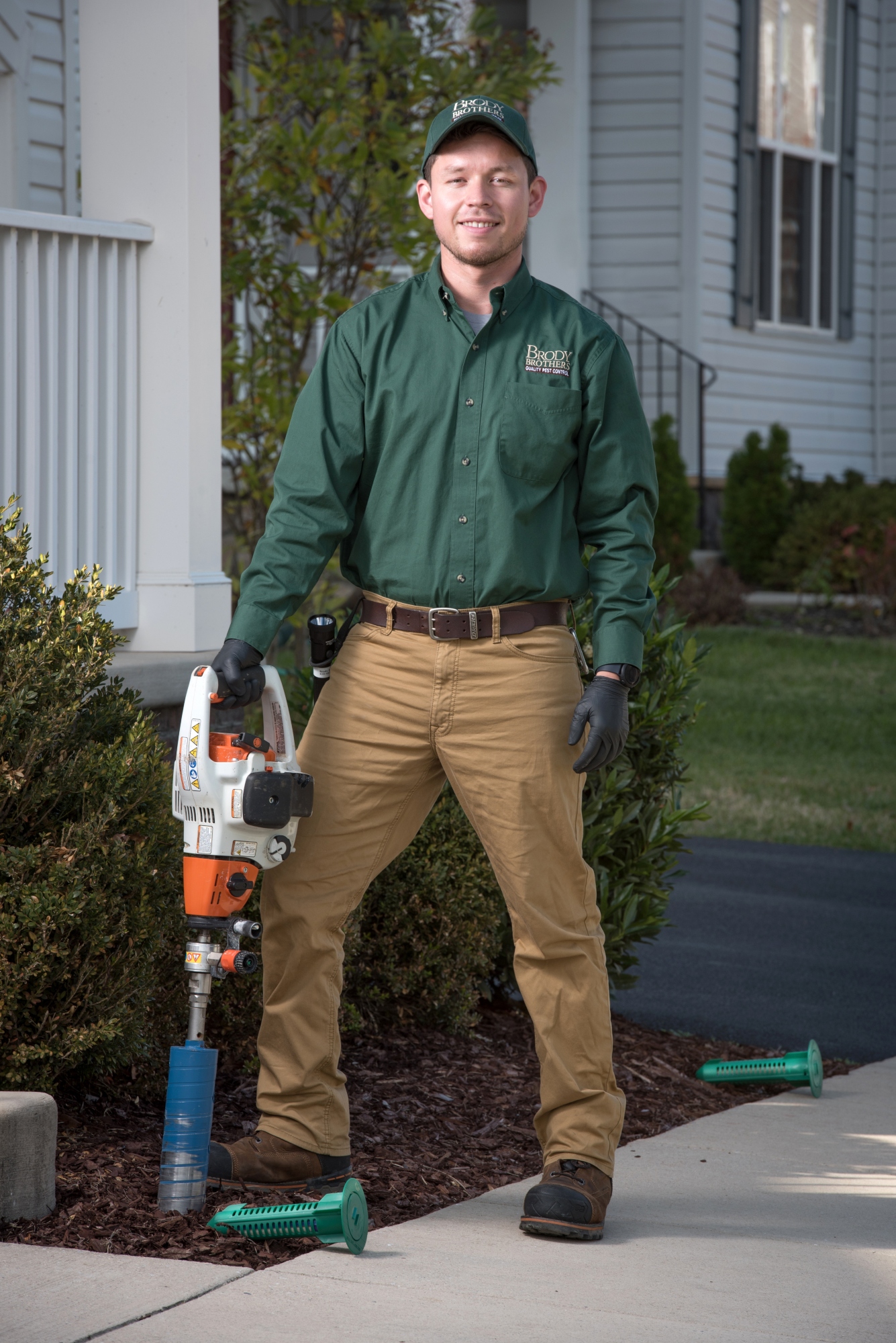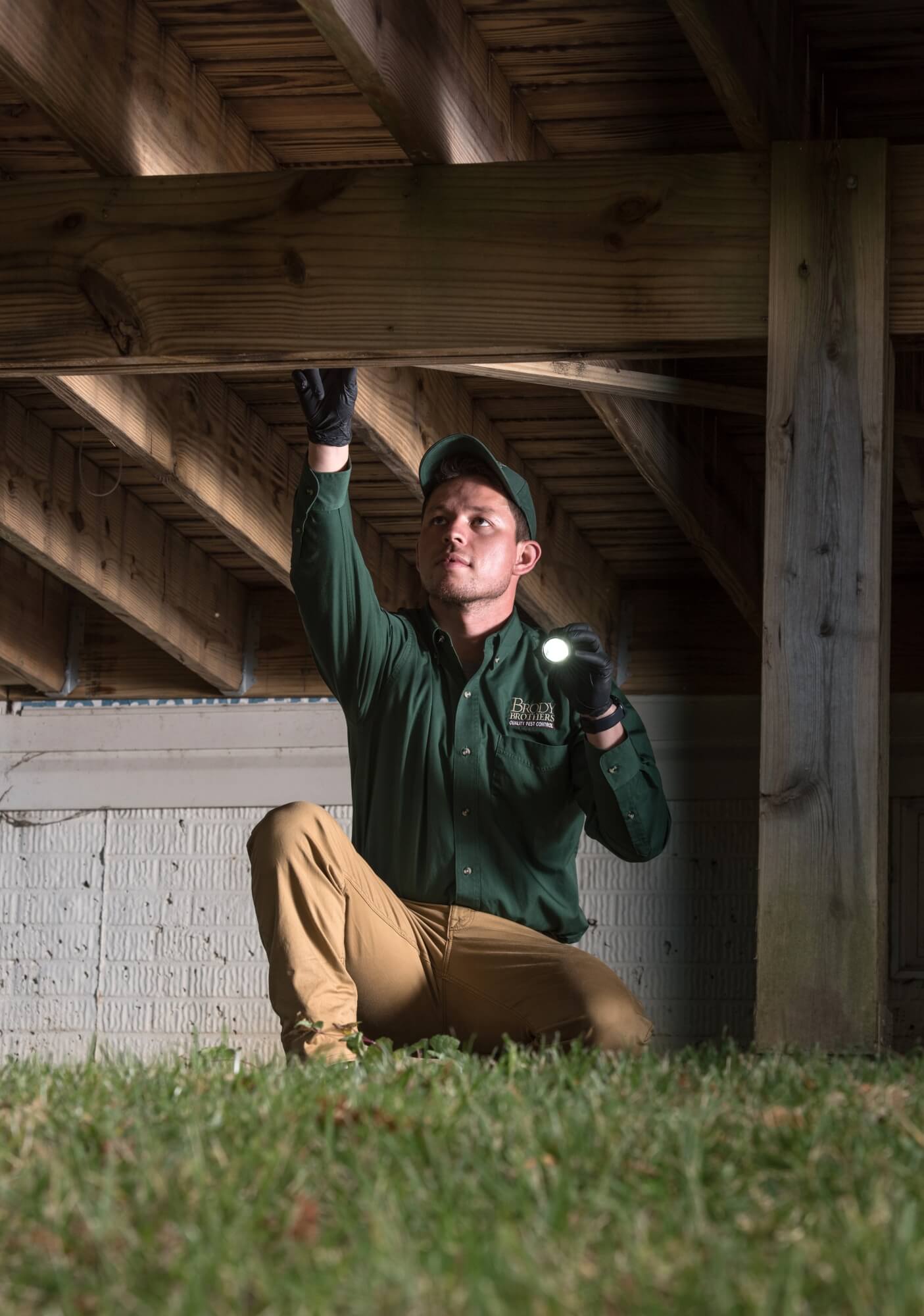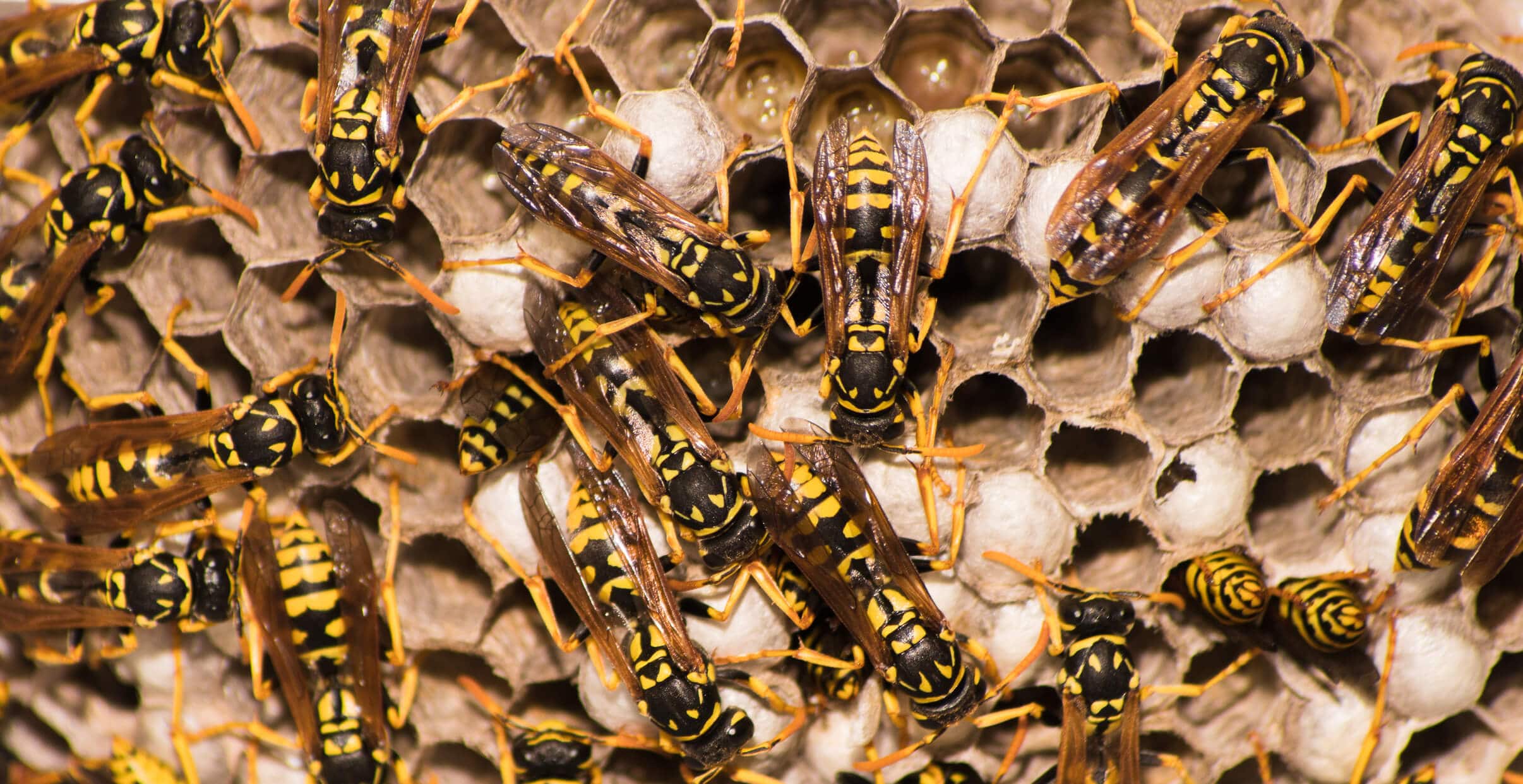You may first realize that you have a yellow jacket nest on your property when you see a number of these wasps coming in and out of a certain spot. There are many places these wasps make their homes, including:
- In the ground, often in an old rodent hole
- In wall voids
- On shrubs, bushes, and houses
- In sheds, old cars, or similar places
The nests contain papery chambers with 30 to 55 compartments. These compartments are where the queen lays her eggs and where the larvae grow.
Yellow jackets are most active during the day, and workers are busiest during the late summer and early autumn when they are trying to get enough food for the queens. The queens live through winter and the workers do not.
They are frequent visitors to picnic sites because they like carbohydrate-rich food such as fruit, sweets, and decaying protein, which is why you often find them around trash cans. Be careful if you’re drinking from an open can of soda when you’re outside; there could be a yellow jacket lurking inside.
Although anyone who is stung by a yellow jacket might not agree, these wasps are considered beneficial because they do eat insects in addition to other foods.


The yellow jacket wasp is one of the most aggressive stinging insects in Maryland; they don’t need much of a reason to attack. Yellow jackets do have barbed stingers, but they can sting multiple times before dying.
Although there are several yellow jacket species found in Maryland, the most common is the native Eastern yellow jacket. They are usually ⅜ to ⅝ inches long, with queens about 25 percent larger than workers. They have a yellow and black striped abdomen.
People sometimes mistake yellow jackets for honey bees because their coloring is similar, but honey bees have hairy bodies and yellow jackets do not.
How to Get Rid of Yellow Jackets
When yellow jackets feel threatened, they release a pheromone that signals other yellow jackets to attack. If a yellow jacket invades your space, don’t panic. Walk away as quietly as possible, and don’t wave your arms or swat at them.
It’s tough to tackle a yellow jacket nest on your own because of the high risk of being stung. This is one job that’s best left to professionals.

As a Home Protection Plan customer, if you’re not satisfied with our pest control service, we will service your home at no additional cost until your issue is solved or receive your money back from your last scheduled service.

If there are yellow jackets in or near your home, give Brody Brothers a call now and schedule yellow jacket removal.
We will send out trained professionals to do the following:
- Locate the nest
- Use the right kind of insecticides and/or baited traps to eliminate the problem
- Dress in the appropriate gear so that they avoid getting stung
If you can’t get rid of the yellow jackets near your home, give us a call today at 410-653-2121 or contact us online to schedule yellow jacket removal in Baltimore or a surrounding area!


